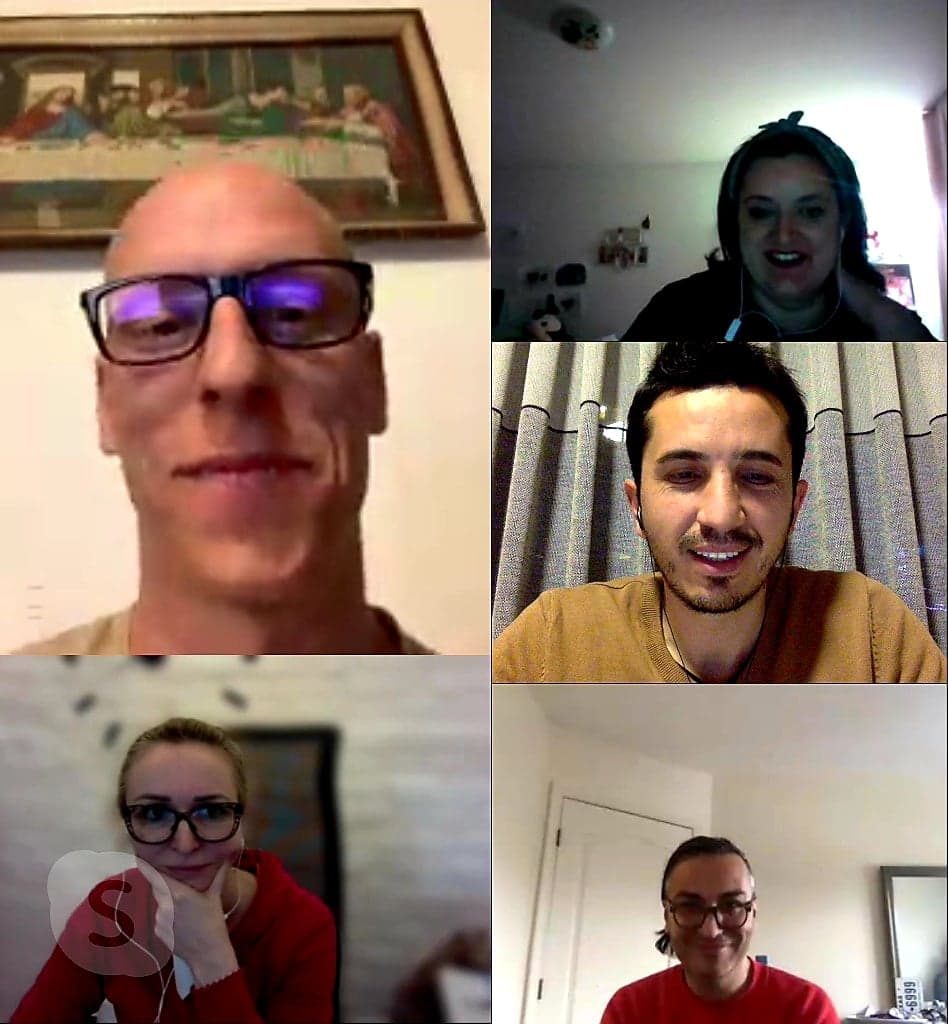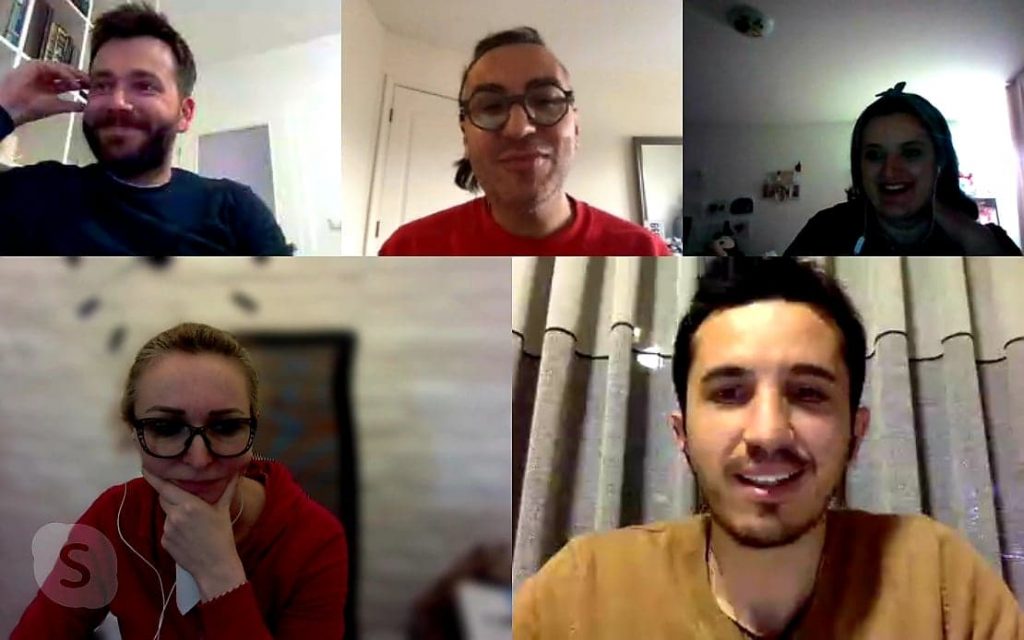Everyone accomplishes something unique or owns a unique skill set, but not everyone reveals it to the world, lets others know, or sees it as valuable. All three are a problem when it’s time to convince an employer of your value. Candidates may think they didn’t mess up or make mistakes. You did well, but this time, you weren’t great.
You can be chosen in the field of “good enough” job candidates. Yet, if there is a candidate who embodies “great,” then you’re overlooked, often bypassed.
If we assume good is what maintains employment, and great is why employers hire you and others want you, then you show the differential between good and great. An interview is the best place to display your abilities on a greater level, but you can also show employers on social media and through content creation.
1. Show your work is known
If you’re unfamiliar with promoting your accomplishments, results, and impact, remember there is a fine line between promoting and bragging, but there’s no denying its usefulness when it benefits others. The more you promote yourself with confidence, the more attention you bring to your work.
2. Quantify your impact (when you can)
People generally get the job done, but it’s rare that they track or document how they do it and how their accomplishments and results impact others. For many people, doing that changes the way they feel and talk about their jobs. Once you can see, touch, and feel the good you’re doing, you can envision yourself doing more.
3. Show your growth and improvement over time
How you compare your performances from time to time shows others how deeply invested you are in the growth of your skills and career. People who seamlessly advance their careers are interested in how they improve performance outcomes. Their winning ways become systemic rather than idealistic. Although there is always someone competing against you, you are laser-focused on improving your performances.
4. Show your depth with upper management
The promotions and referrals I’ve received in my career were from the relationships I created with my bosses’ boss or higher. I wanted to know how my work impacted the organization or the end-user. All the while, I respected the chain of command and complied with the delivery of work expectations. The “How’s it going?” starter conversations can easily turn into a deeper idea-embellishing session even if it’s put off until another time.
5. Show that your network is a resourceful team
You will get more out of your team when you are offering as much value as you receive. How much more value do you think you create when you are not asking about a specific job, but more about how you can contribute? Make it clear (in a way that makes them feel great) about their role on your team. The right approach will produce an overflowing cup of value for you and them and keep you ready for job-search obstacles and possibly a steady stream of opportunities.
6. Show a quick response to challenges
All of us have seen job descriptions that make us feel we don’t measure up. Most of us don’t apply but should aspire to equip our careers with new skills and experiences. Competitiveness is useful in this way: Create new limits knowing it’s possible.
7. Show you’re adept at all kinds of new learning
People who absorb new learning quickly are often great listeners. During the interview process, it helps to share in subsequent interviews what you’ve learned to demonstrate your enthusiasm for what the company is doing. People in the interview process are impressed by how a candidate applies new learning to other scenarios relevant to the company, department, and team. Information gleaned from other sources such as articles, audio interviews, or reports about the company or its CEO can impress others and show that you care.
You might find employers who will hire mediocre employees or meet minimal requirements so they can teach new hires their way. But most are looking at the “best fit” who they consider great and who will make an immediate difference. The skillset is not the sole factor in hiring. Combine your skills with the proof that they drive results desired by the employer. Make it easy for employers to find you, your best work, and contact information. The difference between great and good is often in the ease of access to the employer, and the familiarity with your work.













